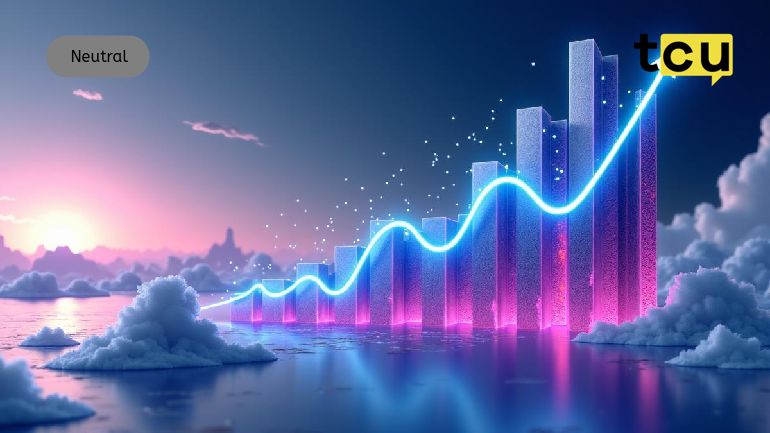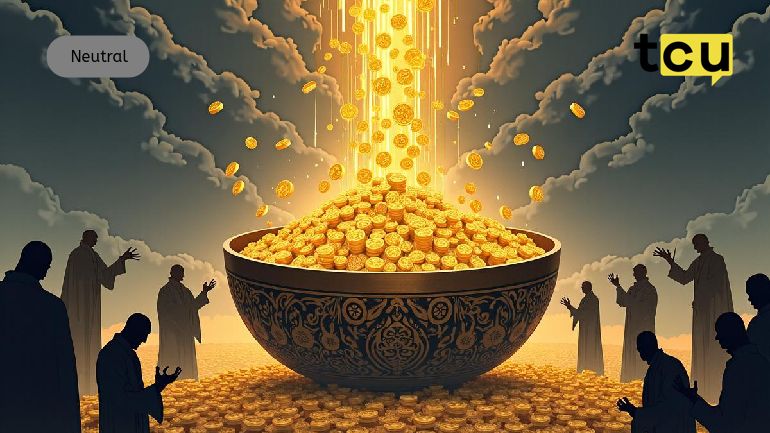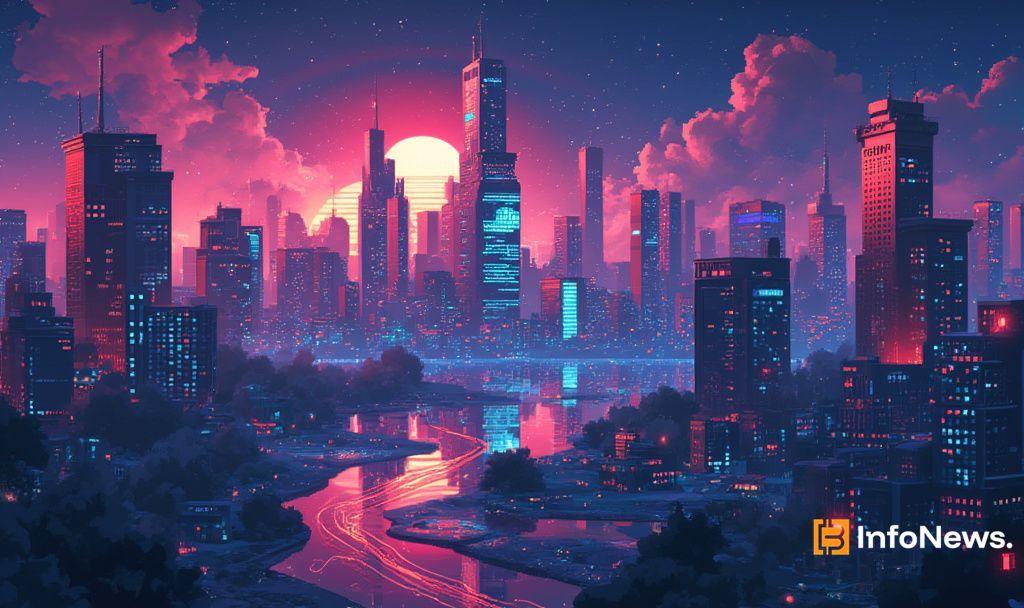Pima: Where is the way out for the blockchain business model?
Original author: Pima, co-founder of ContinueCapital
The value of blockchain investment
What are you buying in the public chain market or the blockchain industry? Or what is the way out for the business model of blockchain?
The unsatisfactory performance of the copycat market has caused many people to have industry doubts. Under complex environments and at different stages of industry development, it is inevitable that investment difficulties will increase, but the fundamental problem lies in finding a business model for the long-term sustainable development of the project.
After ten years, I found that many people, even those who have been in the industry for a long time, still don’t quite understand why public chains have been able to dominate the TOP100 list, why the top public chains with tens of billions of funds are flocking to them, while your coins with only millions of yuan are not popular. I personally like to simplify complex things, and I try to analyze them.
From the first principle, P=E*PE, that is, stock price=profit*valuation, so in the long run, the only factors affecting stock prices are profit and valuation;
First, valuation PE. This is more complicated, and there are many influencing factors, such as growth/interest rate/penetration/industry space/how much the central bank releases/monopoly, etc., which are all factors that determine people's different valuations of different stocks in a certain period of time. Idol Buffett said not to buy BTC because BTC has no cash flow (you can think of cash flow as profit). In the long run, I feel that most of what he said is right, but in the above stock price formula, only profit E is considered, and valuation PE is not considered. So from another perspective, MEME/BTC are both in the same category and can be classified into the PE factor. As long as your MEME keeps attracting people to buy, your MEME does not need to create cash flow by itself to rise to a certain stage, but there is a very important premise: within a certain market value. The larger the market value, the more people you need to attract, and it is very difficult to sustain without continuous cash flow support.
Secondly, profit E, we will mainly discuss this. Profit comes from revenue, so if the stock price is to rise, the revenue must rise, so where does the revenue come from? It is the business model, which is defined as a business activity that makes a profit by providing goods or services to others. To put it simply, it is how your company makes money. In 2006, Duan Yongping used 620,000 US dollars to bid for Buffett's lunch. He asked a question that had been bothering him for a long time: What is the most important thing for investment? Buffett's answer is the business model. If a company does not know how to make money, it is impossible to develop sustainably in the long run. The core of the continuous rise of the seven sisters of the US stock market is profit, not other short-term factors.
The question is what is the business model of the currency circle?
In my opinion, it is nothing more than: block space fee; SWAP fee, which is the exchange, including DEX/CEX; lending, interest rate difference; stable currency, pumping; MEV, parasitic on block space. The others are easy to understand, let's just talk about block space fee.
In fact, it is very hidden that the currency circle has created a brand new business model: selling block space, that is, the public chain is priced with GAS fee and charges block space fee. Global consumers purchase access and storage rights to global computing/bandwidth resources at the basic price of each transaction.
I didn't understand a few words before, what is the "value" Internet. We know that most of the information on the Internet is free, pictures/text/videos, etc., and one piece of information can be copied infinitely. Therefore, in the early days of the development of the Internet, people did not know how to make a profit. In the subsequent exploration, they slowly dug out the business model of the Internet, including making money from SaaS subscription services, advertising, transactions (e-commerce), etc.
So where is the business model of blockchain? I later figured out that the value of the Internet in the currency circle is a paid Internet. Every time you click, you need to pay GAS. The original intention of the blockchain is to solve the problem of currency attributes. It is very different from the free Internet. You cannot use a piece of money to copy and pay it to others indefinitely. The free Internet cannot solve the currency problem. Therefore, in the process of extending from currency to public chain, its uniqueness lies in that it makes consumers bear the cost of accessing block space. In the past few decades of the Internet, companies have rented machine computing resources to pay AWS bills in order to provide products and services to customers, thereby charging fees to make profits. This is great for applications on the blockchain: users pay for the cost of project operation. Every year, global consumers pay billions to tens of billions of US dollars for GAS, which is the revenue of the public chain. If the annual income is 10 billion, the yield of treasury bonds is 5%, and the PE is 20 times, it is a 200 billion market, 10 times PE is a 100 billion market, and 50 times PE is 500 billion, so this is the fundamental reason for the huge public chain market.
For example, the current USDT issuance on TRX has reached 60 billion, thus occupying half of the entire USDT market. I looked at the annual revenue of TRX in 2023, which was about 400-500 million US dollars, of which 75% was USDT transfer income, that is, 400 million US dollars in profit. If we give 20 times PE, the valuation of TRX of 8 billion is reasonable. Of course, this is not the point. The point is, can this data be expanded tenfold in the next ten years or far more than tenfold? How much future incremental market share can SOL's payment/open finance grab? This is too far, and we will not further extend the topic of expansion here.
You have to understand that I am just trying to explain why the public chain market is huge, that is, I am just explaining the existing phenomenon that you are willing to pay for GAS fees. I did not go further and deeper into why you should pay GAS and why more people will pay GAS in the future. The demand for transfer payment? The demand for getting rich quickly (hoarding GAS)? The need for entertainment (paying for a DAPP)? The need to trade coins/commodities/stocks/SWAP? You have to know that if no one pays for GAS fees in the future, the public chain market will not exist.
So now I often see some fancy terms. I don’t know whether it’s because the currency circle is in its early stages of development or because it’s not easy to implement and visualize. The promotions are all abstract words that are difficult for ordinary people to understand: scalability, ZK technology, L2, UTXO, chain abstraction, modularity, homomorphic encryption, parallel EVM, etc. Because I didn’t participate in the development of the Internet in the early stages, I didn’t know until later that modularity/monopoly chain and other terms all originated from Internet technology. However, few people in the Internet field mention you, but you are repeatedly promoted as a focus in the currency circle. I am now very resistant to narrative words. Basically, after being familiar with the basic concepts, I directly ask: How much revenue can this technology bring me? How much profit can I generate for repurchase? Otherwise, what is the market fit of your technology? I can support the long-term development of basic technologies/basic disciplines, but tell me how long it will take to get a clear business model? Two years, ten years or twenty years? How to increase revenue GAS in the future and who can occupy the top market share are more complex issues that you should consider, although I have already selected $SOL
Therefore, since the public chain is a product with revenue, cash flow and profit, it is determined that its business model is clear and has a way out. The rest is that you have to decide how to expand revenue, increase market share, reduce costs and other actions that are in line with the business development path.
Many projects in the currency circle do not have a business model, that is, they themselves do not know how to make money. The survival rate of the world's top 500 companies is only 3%. Investment is whether you can find these 3% projects and hold them for a long time. Many investment concepts are very simple, but it is very difficult to implement them. There are tens of thousands of projects in the currency circle in the future. How to invest if you can't see the value? Be serious, invest.
Wait for the river to clear, how long will people live? Don't be too mysterious and unrealistic, and be more down-to-earth, otherwise you will have little time left.
Original link
欢迎加入律动 BlockBeats 官方社群:
Telegram 订阅群: https://t.me/theblockbeats
Telegram 交流群: https://t.me/BlockBeats_App
Twitter 官方账号: https://twitter.com/BlockBeatsAsia
Disclaimer: The content of this article solely reflects the author's opinion and does not represent the platform in any capacity. This article is not intended to serve as a reference for making investment decisions.
You may also like

OM Mantra Cryptocurrency Crashes Amid Accusations of Team’s Market Manipulation and Token Dumping

Axie Infinity Unveils Origins S12 Postseason Amid Tournament

Blocksquare, Vera Capital Announce $1B U.S. Real Estate Tokenization Deal
